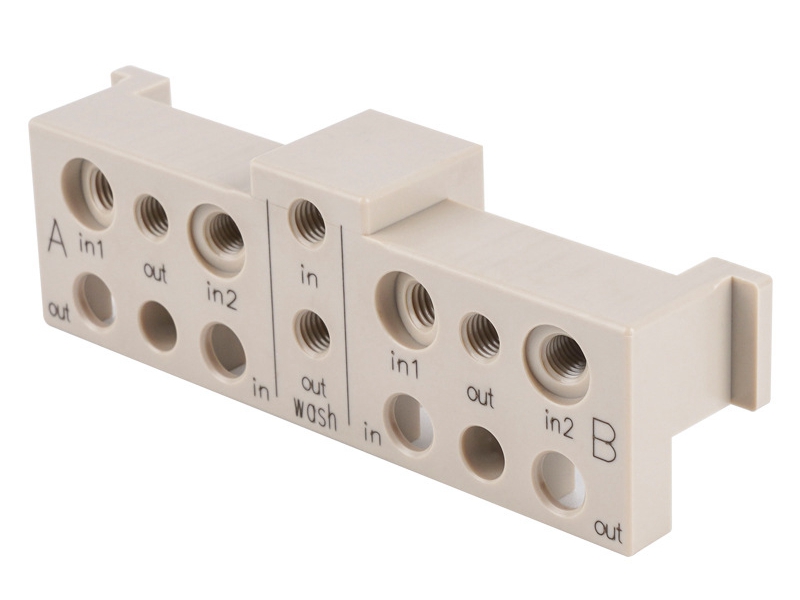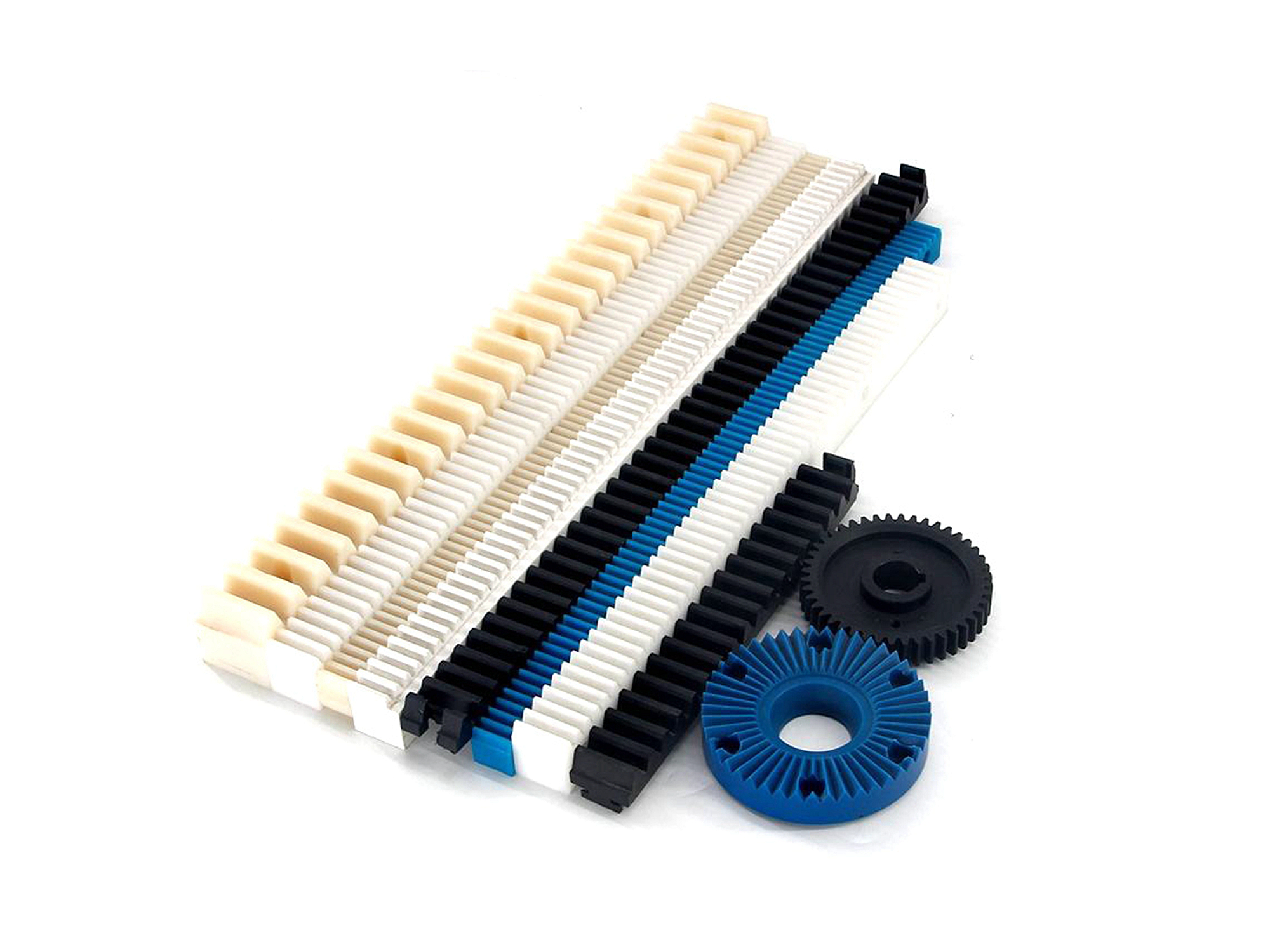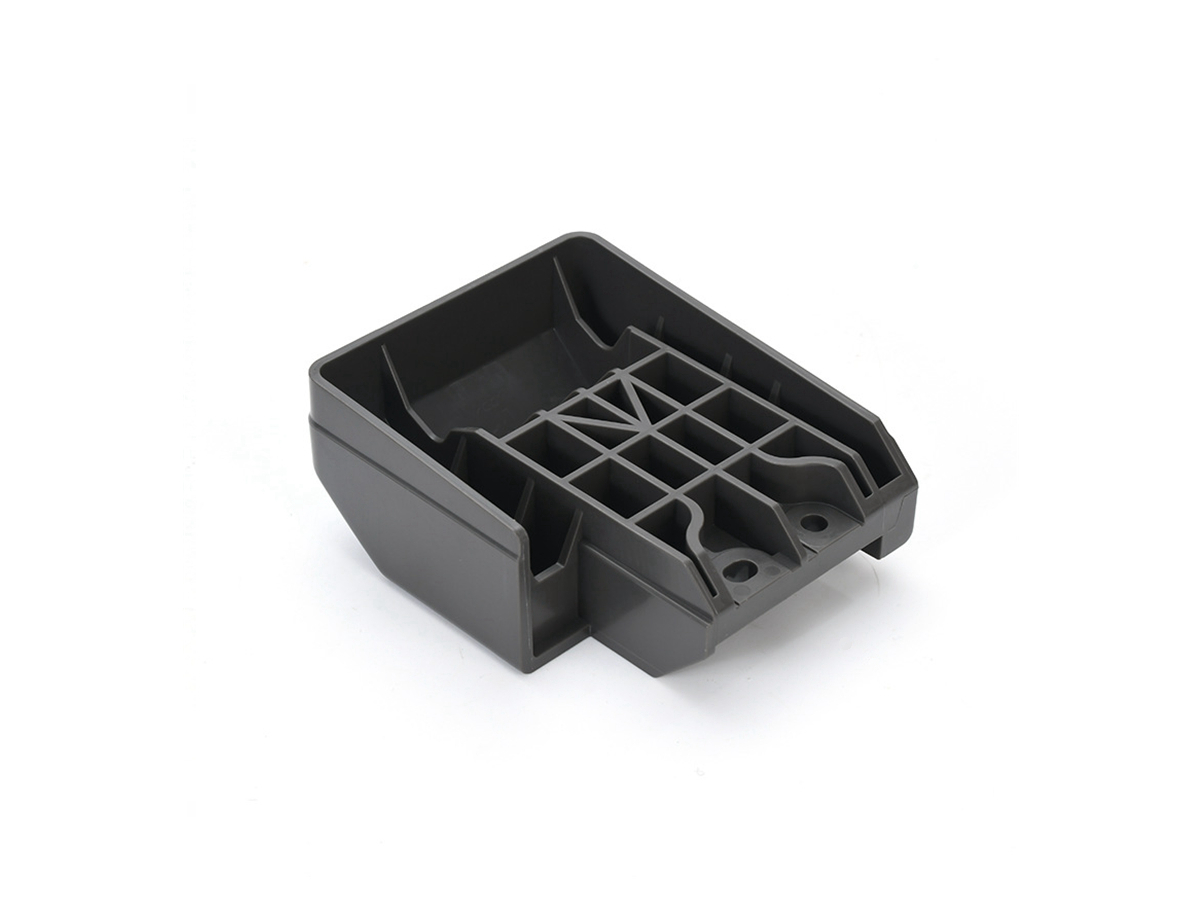Why do CNC machined plastic parts often require post-processing?
Why CNC Machined Plastic Parts Often Require Post-Processing
CNC machined plastic parts frequently require post-processing to transition from a functional prototype to a production-ready component. While CNC machining delivers exceptional dimensional accuracy and complex geometries directly from a digital file, the very nature of this subtractive manufacturing process leaves artifacts that must be addressed for aesthetic, functional, and performance reasons. Post-processing is not merely a cosmetic enhancement; it is a critical step in ensuring the part meets its intended application requirements, whether for prototyping, low-volume production, or a specific component in a larger assembly.
Addressing Subtractive Manufacturing Artifacts
The fundamental reason for post-processing is rooted in the mechanics of CNC machining. A cutting tool physically removes material, which can leave behind visible tool marks, sharp edges (burrs), and microscopic surface inconsistencies. For parts requiring a seamless fit or a premium feel, these artifacts are unacceptable. Processes like tumbling and deburring are essential for removing these burrs and sharp edges, ensuring operator safety and preventing stress concentrations that could lead to cracking. Furthermore, techniques such as sandblasting or surface brushing are employed to create a uniform, matte finish that eliminates tool path visibility and provides a consistent base for further treatment.
Enhancing Aesthetic and Tactile Properties
For consumer-facing products in industries like consumer products or medical devices, appearance and feel are paramount. An "as-machined" surface often lacks the professional finish required. Polishing can achieve a high-gloss, transparent finish for materials like acrylic, while powder coating or painting offers a vast range of colors and textures. These coatings not only improve aesthetics but can also provide a more grippable or pleasant tactile surface. PVD Coating can also be used to apply thin, durable, and decorative metallic layers.
Improving Functional Performance and Durability
Many post-processing treatments are applied to significantly enhance the material properties of the plastic part. A primary function is to improve resistance to environmental factors. For instance, anodizing is a well-known process for aluminum, but plastics often require protective coatings. Plastics can be vulnerable to UV degradation, chemical attack, and wear. Specialized coatings and surface treatments can create a barrier against these elements. Furthermore, processes like electropolishing (more common for metals but conceptually similar treatments exist for plastics) can micro-smooth the surface, reducing friction, improving fluid flow, and making the part easier to clean—a critical requirement for medical and food-processing applications.
Achieving Specific Engineering Requirements
Certain applications demand surface properties that cannot be achieved through machining alone. Parts may need to be electrically conductive or insulating, have specific emissivity properties, or require a non-stick surface. Treatments such as Teflon coating provide excellent non-stick and chemical-resistant properties, while metallic coatings can provide shielding. For parts subjected to high wear, thermal coatings or nitriding (for metals) exemplify the type of hardening processes sought after for plastics through alternative means like impregnation or hard coatings.
Preparation for Assembly and Bonding
The surface energy of an as-machined plastic part may not be optimal for adhesion. Post-processing treatments like plasma treatment or specific chemical etching can activate the surface, ensuring that adhesives, paints, or coatings bond reliably and permanently. This is crucial for parts that will be assembled with other components or require labels and graphics. A properly treated surface prevents delamination and failure at the bonded interface, guaranteeing the long-term integrity of the final product.
Conclusion: A Necessary Step for Part Excellence
In summary, post-processing for CNC machined plastic parts is not an optional extra but an integral part of the manufacturing workflow. It bridges the gap between the inherent limitations of a subtractive process and the high standards of modern part design. By removing machining artifacts, enhancing aesthetics, and imparting critical functional properties like durability and chemical resistance, post-processing transforms a raw machined part into a high-quality, reliable, and market-ready component. Engaging with a supplier that offers comprehensive one-stop service ensures that all necessary post-processing is considered during the design phase, optimizing the part for both machining and its final finish.



